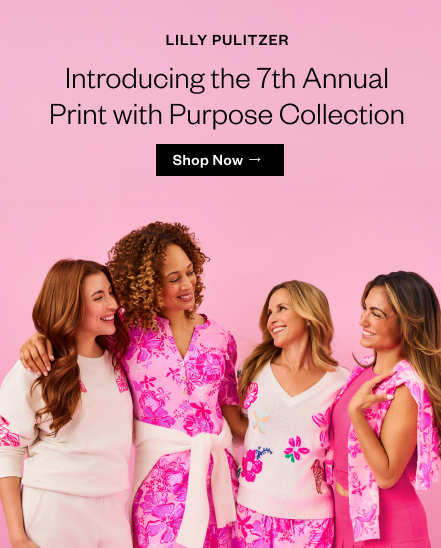Natural, organic, paraben-free, aluminum-free: you’ve heard the buzzwords and noticed the terms on your beauty product labels, but you’re still left wondering—does it all really matter?
Like little habits repeated day after day, ingredient exposures do add up over weeks, months, and years. Each time we use a product, we add to the sum of our total exposures (sometimes called our body burden or toxic load), just as we do with plastics, fabrics and furniture, foods, home cleaning products, candles, and even air, water, and soil.
Considering the relatively loose and outdated personal care ingredient regulations in the US (really— did you know many ingredients commonly used in the US are restricted elsewhere in the world?), we believe it’s important to be discerning about the products in your routine. But we acknowledge that it’s not an all-or-nothing choice. The average adult woman uses 12 personal care products a day, containing an average of 168 different ingredients. That’s a lot of choices. And that’s why we’re here to help.
Why Avoid Carcinogens
At Stage, we avoid products with ingredients that are known carcinogens or hormone disruptors, the types of ingredients that are most relevant to your cancer-fighting journey. Carcinogens are ingredients that have the potential to cause cancer.
So-called hormone disruptors are ingredients that can interfere with the body’s endocrine system, affecting development as well as immune, reproductive, and neurological health.
Some hormone disruptors, like parabens and phthalates, mimic existing hormones like estrogen in the body. Lowering your cumulative exposure to those concerning ingredients can support your body’s ability to heal and thrive on your cancer-fighting journey, and lower risk of future recurrence.
Evidence suggests that when we lessen our exposure to concerning ingredients, we quickly lower our body burden. A 2016 study from the University of California found that when subjects switched their everyday personal care products to natural versions, they experienced a 27% to 45% decrease of concerning ingredients—including the parabens, phthalates, triclosan, and oxybenzone on our Banned List, below— in their urine, in just three days.
Carcinogens and Hormone-Disruptors to Avoid
The carcinogens and hormone-disruptors that we avoid are named on our Banned List:
- Aluminum: A sweat-blocking ingredient found in antiperspirants that may increase cancer risk and cause hormone disruption.
- Formaldehyde and formaldehyde-releasing ingredients: Preservatives found in body care, shampoo, and nail polish with links to cancer and skin irritation.
- Look for the ingredients diazolidinyl urea, imidazolidinyl urea, methylisothiazolinone, quaternium-15, DMDM hydantoin, bronopol
- Oxybenzone: a UVA/UVB-blocking ingredient found in sunscreen, lip products, and makeup that is a hormone disruptor.
- Parabens: preservatives found in skin care, body care, and hair care that may cause hormone disruption, reproductive harm, and increase cancer risk.
- Look for ingredient names like methylparaben, ethylparaben, propylparaben, butylparaben, isobutylparaben, isopropylparaben.
- Phthalates: stabilizing, fragrance-enhancing ingredients found in perfume, skin care, body care, hair care, and nail polish with links to hormone disruption and reproductive harm.
- Look for the terms fragrance, perfume, parfum— as well as these ingredients and abbreviations: DBP (di-n-butyl phthalate), DEP (diethyl phthalate), DMP (dimethyl phthalate), DEHP (di-2-ethylhexyl), and BzBP (benzylbutyl phthalate)
- Sulfates: foaming and emulsifying ingredients found in shampoo and soaps that have links to hormone disruption and skin irritation.
- Look for the ingredients sodium lauryl sulfate, sodium laureth sulfate, ammonium lauryl sulfate
- Talc: a naturally-occurring ingredient found in powdered makeup, deodorant, and body care with asbestos contamination concerns.
- Triclosan: an antimicrobial ingredient found in soap, hand sanitizer, toothpaste, and acne products that may cause hormone disruption.
If the prospect of choosing clean beauty still feels overwhelming, we’ve got you. At Stage we’ve vetted our products to avoid ingredients on our Banned List. For even more information, we recommend online resources and smartphone apps to stay up to date on the ever-developing information on cosmetic safety. You can use the EWG’s Cosmetic Safety Database to check on the brands you currently use and look up ingredient information. And try the Think Dirty or EWG’s Healthy Living apps for real time product ratings.












Leave a comment